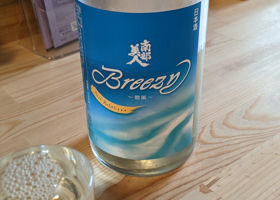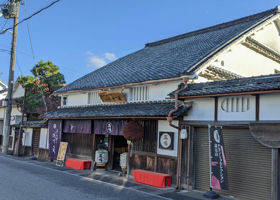

はかたサバスキー
Here in Kyushu, the heat shows no sign of abating, with temperatures hovering around 35°C day after day.
In such a situation, I found a small bottle of cool sake.
It says "on the rocks," but I tried it straight. It has a refreshing white wine-like sweetness. It may be a little like plum wine.
The low alcohol content makes it seem like a soft drink.
Next, I drank it on the rocks.
I thought the taste might become weak, but it didn't. I enjoyed it to the end.
Thank you very much.
Japanese>English









































